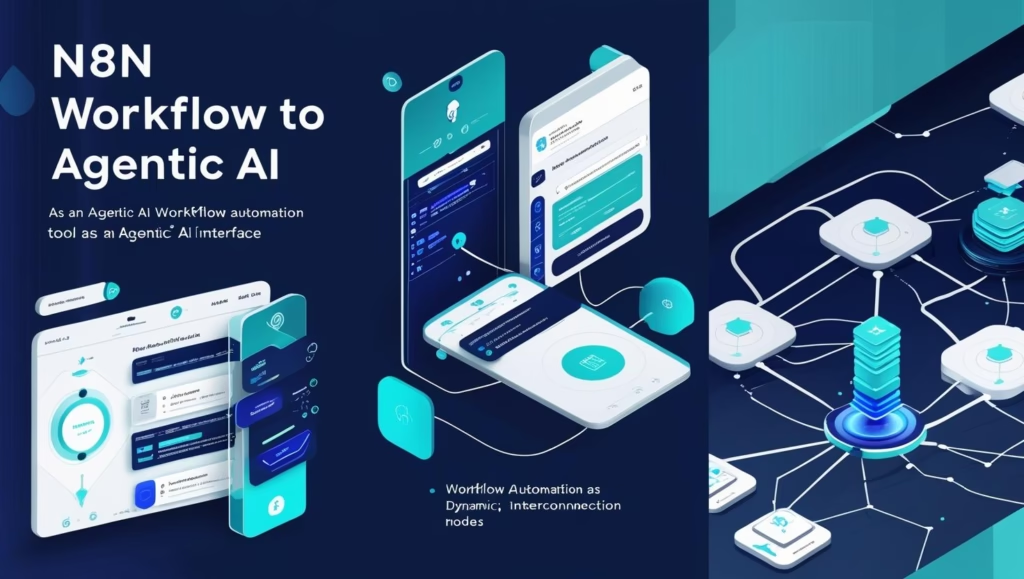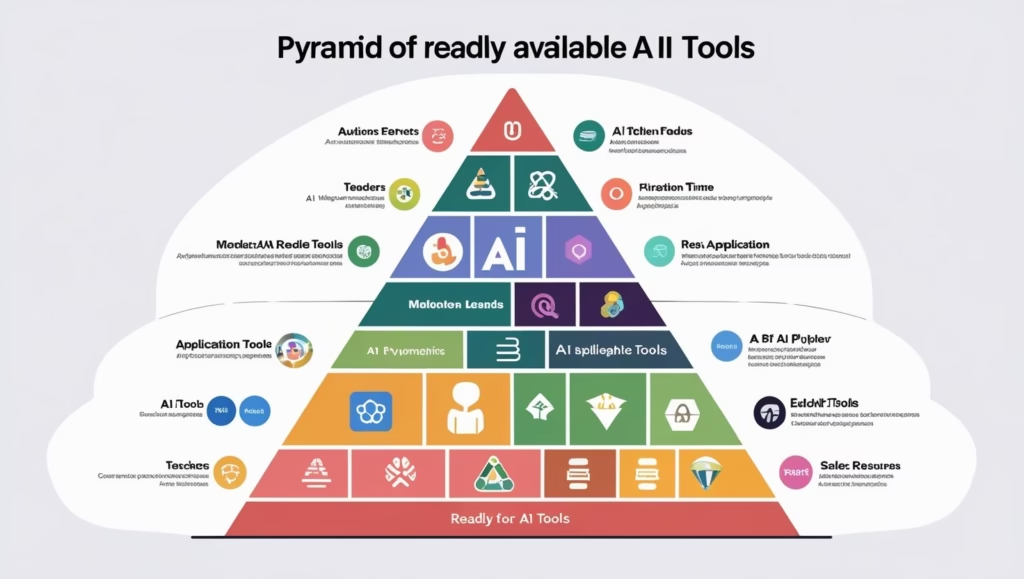Alibaba and Qwen2: Redefining Multimodal AI in 2025
Introduction: Alibaba’s AI Ambition in a Transforming World
In the fast-evolving global AI landscape, few names command as much attention as Alibaba. Once known primarily for revolutionizing e-commerce in Asia, Alibaba has, in recent years, become a formidable force in artificial intelligence, cloud computing, and digital infrastructure. In 2025, the company’s latest breakthrough-Qwen2, with its advanced multimodal capabilities-signals not just a leap for Alibaba, but a new chapter in how AI can be integrated into everyday life and business.
Alibaba’s Mission and Qwen2’s Strategic Role
Alibaba’s vision is to “make it easy to do business anywhere,” but in the AI era, this means making intelligent technology accessible, affordable, and impactful at scale. The Qwen series, first launched in 2023, has quickly become one of the world’s most popular large language model (LLM) families, adopted by over 290,000 customers across industries like automotive, manufacturing, finance, gaming, healthcare, and robotics. With Qwen2 and its latest iterations, Alibaba is doubling down on open-source, multimodal AI that can power everything from smart devices to enterprise solutions.
Qwen2 is not just another AI chatbot or text generator. It’s a foundation model designed to process and generate text, images, audio, and video-all in real time. By making Qwen2 open-source via platforms like Hugging Face and GitHub, and integrating it into Alibaba Cloud’s Model Studio, Alibaba is democratizing access to cutting-edge AI for developers, businesses, and researchers worldwide.
Qwen2 Core Features: Multimodal Power, Real-World Use
Qwen2.5-Omni-7B-the latest in the Qwen2 family-stands out for its compact yet powerful 7-billion parameter design, delivering “uncompromised performance and powerful multimodal capabilities”. Here’s what makes it unique:
- True Multimodality: Handles text, images, audio, and video as both input and output, enabling seamless interactions across formats.
- Real-Time Voice and Speech: Generates natural speech responses and follows voice commands with low latency, ideal for voice assistants, accessibility tools, and intelligent customer service.
- Edge Device Optimization: Its efficient architecture allows deployment on mobile phones, laptops, and other edge devices-making advanced AI accessible beyond the cloud.
- Innovative Architecture: The Thinker-Talker system separates text generation from speech synthesis for higher quality, while TMRoPE (Time-aligned Multimodal RoPE) ensures synchronized audio-video content generation.
- Block-wise Streaming: Enables low-latency, real-time audio responses, crucial for smooth interactions in voice-driven apps1.
- Robust Training: Pre-trained on a vast, diverse dataset (image-text, video-text, audio-text, etc.), ensuring strong performance across tasks and languages.
- Open-Source Accessibility: Available on Hugging Face, GitHub, and Alibaba’s ModelScope, supporting global developer adoption.
Use Cases:
- Accessibility: Assisting visually impaired users with real-time audio descriptions.
- Smart Assistants: Powering in-car AI (e.g., BMW partnership), home devices, and customer service bots.
- Content Creation: Automated video analysis, long-form content generation, and creative applications.
- Enterprise Integration: Automating document processing, data extraction, and workflow management.
Performance, User Experience, and Integration
Qwen2.5-Omni-7B is engineered for both high performance and practical deployment:
- Performance: According to Alibaba, Qwen2.5-Omni-7B rivals or exceeds specialized models in tasks like voice interaction, video understanding, and multimodal reasoning, as validated by benchmarks like OmniBench.
- User Experience: The model delivers natural, context-aware responses in real time, with reduced errors in speech generation after reinforcement learning optimization.
- Integration: Its lightweight design and open-source availability make it easy for developers to integrate into apps, edge devices, and enterprise systems.
- Scalability: Qwen2’s architecture supports both small-scale (mobile) and large-scale (cloud, enterprise) deployments, allowing businesses to scale as needed.
- Ethical Considerations: Like other Chinese AI models, Qwen2.5-VL includes content moderation aligned with regulatory standards, which can limit discussions on sensitive topics. Alibaba’s open-source approach also promotes transparency and community-driven improvement.
Comparative Analysis: Qwen2 vs. DeepSeek, ChatGPT, Claude, Gemini, Copilot
The AI race in 2025 is fierce, with Qwen2 facing off against global heavyweights:
| Model | Strengths | Weaknesses/Limitations | Best Use Cases |
|---|---|---|---|
| Qwen2 | True multimodality (text, image, audio, video); edge-ready; open-source; strong reasoning; multilingual | Some regulatory/topic restrictions; newer global ecosystem | Edge devices, accessibility, enterprise automation |
| DeepSeek | Advanced multi-modal reasoning; strong in Chinese market | Less open globally; not as edge-optimized | Research, enterprise, China-specific |
| ChatGPT (GPT-4o) | Leading language understanding; massive ecosystem; API integrations | Closed-source; less optimized for edge; limited multimodal | Conversational AI, content creation |
| Claude (Anthropic) | Safety, transparency, long context handling | Limited multimodal; not edge-focused | Enterprise, compliance, chatbots |
| Gemini (Google) | Deep integration with Google ecosystem; strong visual reasoning | Closed-source; limited open access | Search, productivity, cloud apps |
| Copilot (Microsoft) | Productivity, code generation, Office integration | Narrower domain focus; not full multimodal | Coding, office automation |
Key Takeaways:
- Qwen2’s Edge: Its open-source, multimodal, and edge-optimized design makes it uniquely suited for applications where flexibility, cost, and device compatibility matter most.
- Performance: Qwen2.5-VL reportedly outperforms GPT-4o, Claude 3.5 Sonnet, and Gemini 2.0 Flash in video understanding, math, and document analysis benchmarks.
- Ecosystem: While ChatGPT and Gemini have broader Western adoption and integrations, Qwen2’s open-source model is rapidly building a global developer community, especially in Asia.
For more on how Qwen2 stacks up, see OpenCV’s Qwen2.5 vs DeepSeek and ChatGPT comparison, Synthesia’s Best AI Tools 2025, and Intellipaat’s Top AI Tools.
Unique Value, Limitations, and Recommendations
Unique Value:
- Multimodal Mastery: Processes and generates across all major formats-text, image, audio, video-without sacrificing performance.
- Deployment Flexibility: Efficient enough for edge devices, robust enough for enterprise cloud.
- Open-Source Philosophy: Encourages transparency, customization, and rapid innovation.
- Global and Multilingual: Supports 29 languages and is adopted by hundreds of thousands of users worldwide.
Limitations:
- Regulatory Constraints: Some content moderation and topic restrictions, especially in China.
- Ecosystem Maturity: While growing fast, Qwen2’s global ecosystem is still catching up to the likes of OpenAI and Google.
- Documentation: As with many open-source projects, documentation and support may vary by region and use case.
Recommendations:
- For Developers: Qwen2 is ideal for those seeking a customizable, open-source multimodal model for apps, devices, or research.
- For Enterprises: Its scalability and edge-readiness make it a strong choice for companies needing AI on devices or in regulated environments.
- For Accessibility Solutions: Qwen2’s real-time voice and video processing can power next-gen assistive technologies.
- For Content Creators: The model’s long-context handling and video understanding open new possibilities for automated content generation and analysis.
Conclusion: Alibaba and Qwen2’s Road Ahead
Alibaba’s Qwen2 isn’t just another entry in the AI arms race-it’s a bold step toward democratizing advanced, multimodal AI for global users. By blending open-source accessibility, real-time multimodal power, and edge device readiness, Qwen2 positions Alibaba as a true innovator in the next phase of AI adoption.
As the global AI landscape continues to evolve, Qwen2’s success will depend on community engagement, continued performance improvements, and the ability to navigate regulatory and ethical challenges. For developers, enterprises, and innovators seeking flexible, powerful, and accessible AI, Alibaba’s Qwen2 is a model to watch-and to build with.
Further Reading / References
- Alibaba Cloud Releases Qwen2.5-Omni-7B: Multimodal AI Model
- Qwen2.5 Omni: Multimodal AI Powerhouse
- Alibaba Launches Qwen2.5-VL: Challenging the AI Language Model Landscape
- OpenCV: Qwen2.5 & Comparison with DeepSeek and ChatGPT
- TechCrunch: Alibaba’s Qwen Team Releases AI Models that Can Control PCs and Phones
- Alizila: Alibaba Cloud Unveils AI Models and Tools for International Customers
Keywords: Alibaba, Qwen2, Qwen2.5-Omni-7B, Alibaba Cloud, multimodal AI, AI model, open-source AI, generative AI, edge AI, AI for mobile, AI for laptops, Thinker-Talker Architecture, TMRoPE, block-wise streaming, real-time voice AI, speech generation, AI for accessibility, AI benchmarking, AI agents, Hugging Face, GitHub, ModelScope, AI innovation, AI comparison, DeepSeek, GPT-4o, Gemini, Claude, Copilot, video understanding AI, AI for customer service, AI for content creation, AI for enterprises, AI for developers, AI in China, AI trends 2025
Disclaimer: Transparency is important to us! This blog post was generated with the help of an AI writing tool. Our team has carefully reviewed and fact-checked the content to ensure it meets our standards for accuracy and helpfulness. We believe in the power of AI to enhance content creation, but human oversight is essential.





